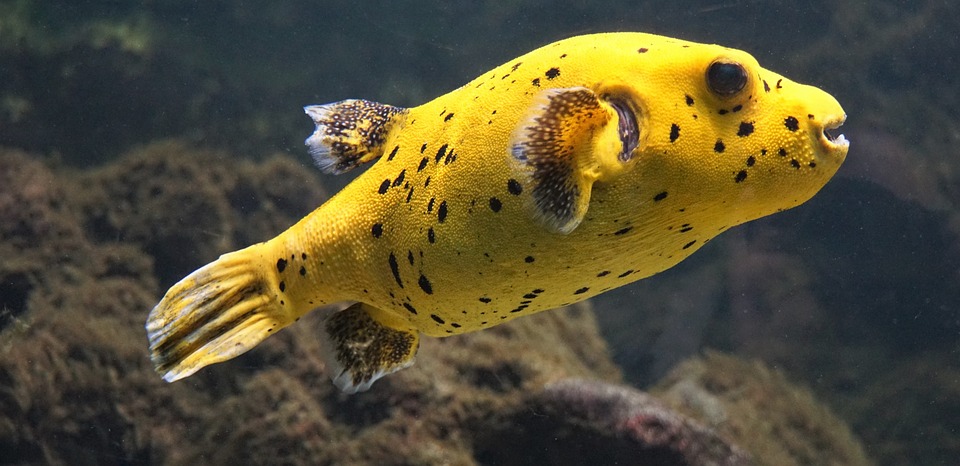Maintaining a healthy aquarium requires careful attention to water quality and the behavior of your fish. By regularly testing the water and observing your fish, you can ensure a thriving environment for your aquatic pets.
Stress is a common issue for fish in aquariums, and poor water quality is often the cause. Recognizing the signs of stress is crucial for identifying potential water quality problems. Erratic swimming patterns, loss of appetite, gasping at the surface, pale or discolored fins and body, aggressive behavior, and hiding or lethargy are all indicators of stress in fish.
Regular water testing is essential for maintaining a healthy aquatic environment. Monitoring key water parameters allows you to identify any imbalances and take appropriate corrective measures. pH levels, ammonia and nitrite levels, nitrate levels, and temperature can all influence fish behavior.
pH levels indicate the acidity or alkalinity of the water. Extreme pH values can cause stress and negatively affect fish behavior. Most freshwater fish species thrive in a pH range of 6.5 to 7.5. Regularly testing the pH level of your aquarium ensures it remains within the ideal range.
Ammonia and nitrites are toxic substances produced by fish waste and decaying organic matter. Elevated levels of ammonia or nitrites can lead to stress and respiratory issues. Nitrate levels, the end product of the nitrogen cycle, can also impact fish health and behavior. Regular water testing helps you detect and rectify any imbalances promptly.
Fluctuations in water temperature can greatly impact fish behavior. Sudden changes or extremes in temperature can induce stress and even cause diseases. Using a reliable aquarium thermometer to monitor and maintain a stable water temperature suitable for your fish species is important.
It is recommended to conduct water testing at least once a week, especially for ammonia, nitrite, nitrate, and pH levels. More frequent testing may be necessary in newly established tanks or during periods of significant changes or issues. If abnormal water parameters or signs of stress are detected, immediate action should be taken. Performing a partial water change, adjusting the filtration system if necessary, and consulting an aquatic specialist for further guidance are all important steps.
While fish behavior can provide hints about water quality problems, regular water testing is necessary to obtain accurate data. Behavior changes can also be influenced by factors other than water quality, such as tank mates, feeding habits, or breeding behavior. It is also beneficial to monitor water hardness, alkalinity, and oxygen levels, as these parameters can vary depending on the fish species in your tank.
In conclusion, understanding fish behavior and its correlation with water quality is vital for maintaining a thriving aquarium. Regular water testing and careful observation of fish behavior can help create a healthy and stress-free environment for your aquatic pets. A happy and content fish will showcase vibrant colors, active swimming, and a zest for life.









